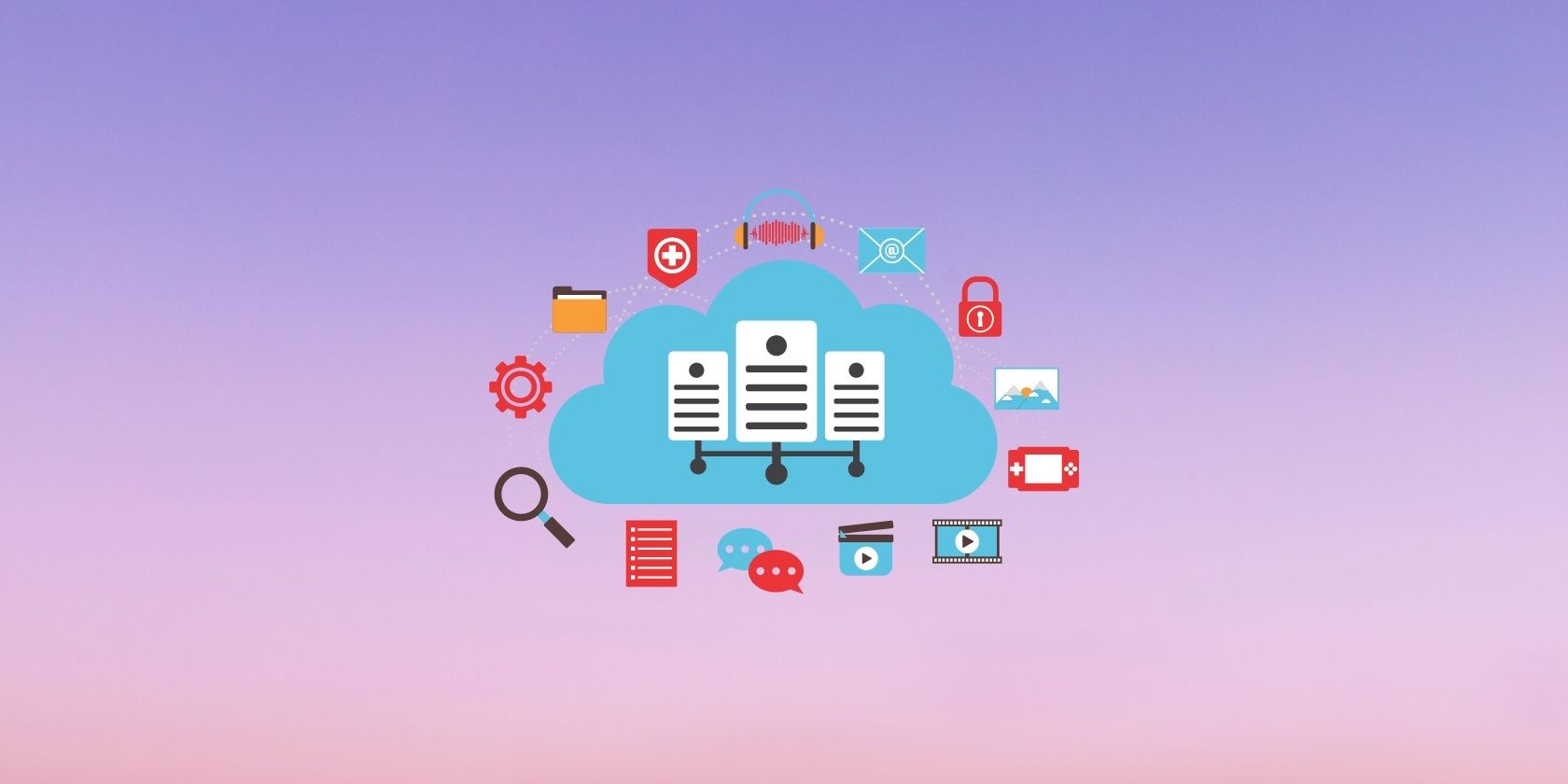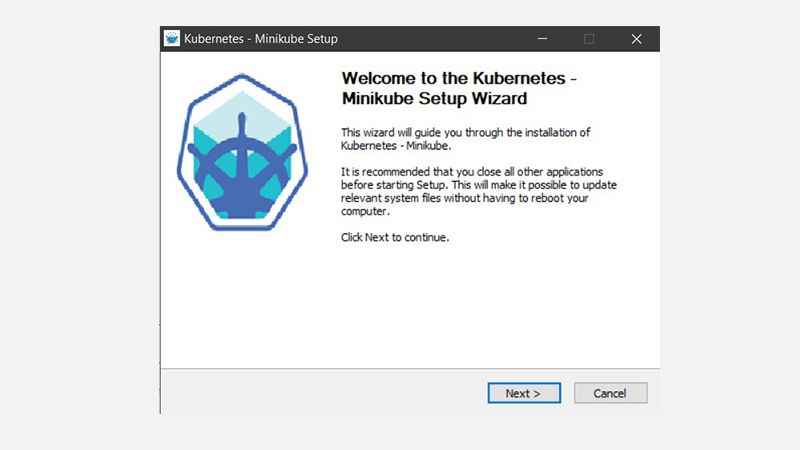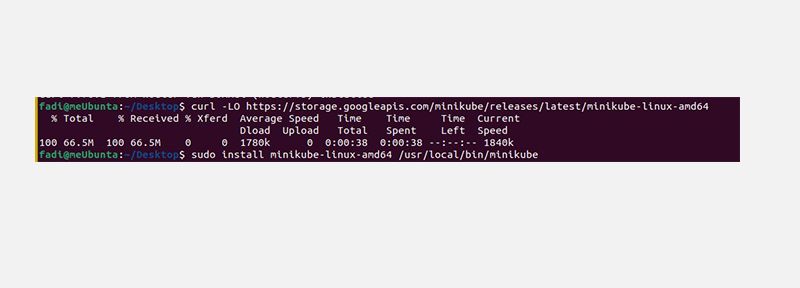Thousands of new apps and programs are developed and released every day. Developers are constantly on the lookout for tools that can streamline the development and testing of their apps. A well-developed app that has gone through rigorous testing will end up being successful upon its release.
Kubernetes is a platform that makes it possible for developers to deploy, schedule and manage their containerized applications. It may sound a bit technical to you right now, and that’s okay. If you find yourself asking: "what is Kubernetes," or "what is Kubernetes used for?", keep reading to find out.
What Is Kubernetes?
Initially developed by engineers at Google, Kubernetes became an open-source project in 2014. Today, it is an essential container management solution used by millions of developers worldwide.
Kubernetes is an extensible and portable platform that manages containerized services and workloads for automation and declarative configuration in technical terms. That essentially means that Kubernetes is an open-source platform that makes life easy for developers by automating Linux container operations.
Kubernetes was initially designed and developed by Google, but it is now part of the Cloud Native Computing Foundation (CCNF). The CNCF promotes the development and regulation of cloud data center management software.
What Are Containers?
Containers are application components that combine application source code with the required operating system (OS) dependencies and libraries. Developers prefer using containers for modern cloud-native applications because they are more resource-efficient, portable, and smaller than traditional virtual machines. Another reason developers love using containers is that they are isolated from the underlying operating system.
Once an application is ready, developers package it with the required libraries and supporting code and place it into a container image. You can then execute the container image on any PC with a containerization platform.
You have probably heard of Docker—the largest containerization platform. Many Amazon Web Service (AWS) cloud deployments use Docker due to its sheer power and versatility.
Containers vs. Container Orchestration
It is essential to distinguish between a containerization platform such as Docker and a container orchestration platform—Kubernetes. Containerization platforms can build and deploy individual containers, but they cannot simultaneously manage a large volume of users and containers.
Container orchestration platforms can efficiently do this and much more, so they are a crucial component for application development. Kubernetes utilizes Docker as its main container virtualization platform.
What Is a Kubernetes Cluster?
A cluster is quite simply a group of nodes that execute a containerized application. Kubernetes is a framework that allows developers to manage a cluster of many containers resiliently. The clusters can run across multiple environments (virtual or physical) and machines.
What Is Kubernetes Used For?
As already discussed, containers are resource-efficient and lightweight to package and run applications. When used in production, it can become quite tedious to manage and automate containers.
On a large-scale containerized application system, this can mean running thousands of containers and microservices. Now managing all of these containers manually is very complex, so container orchestration through Kubernetes allows distributed systems to run resiliently.
Kubernetes will automatically balance network traffic when traffic is high, and it can also mount storage systems such as local storage, public clouds, etc. You also get an added sense of security as it reduces the chances of human error.
Developers can take advantage of fully automating operational tasks that they would otherwise manually do for each container. With Kubernetes, you can utilize hardware resources to the maximum—and even automate and control application updates and deployment. Kubernetes also makes it very easy to scale containerized applications and resources.
You can even create cloud-native apps with the help of Kubernetes patterns. For added registry, networking, or telemetry functionality, developers integrate Kubernetes with other projects such as Docker Registry, OpenVSwitch, Kibana, and so on.
How to Install Kubernetes
You can install Kubernetes in several ways; some of the more common installation methods are:
- kubeadm
- minikube
- kops
- Kubernetes on Google Cloud Platform
In this article, we are going to focus on installing Kubernetes through minikube. This is a local Kubernetes environment that makes it ideal for beginners to learn and develop the application.
The minimum system requirements for installing minikube are as follows:
- At least 2GB free memory (RAM).
- 20GB of free disk space on your SSD or hard drive.
- At least 2 computer processing units (CPUs).
- Virtual machine manager (such as VMWare or Virtual) or container (Docker).
We recommend downloading the stable release to avoid unnecessary issues as you get started with the Kubernetes environment.
Install Kubernetes on Windows
You can install minikube through the Windows Package Manager or using a stand-alone Windows installer on a Windows PC.
Let’s look at how you can install minikube through the .exe Windows installer:
- Download the minikube installer from the official website.
- Locate the downloaded file and launch it as administrator
- Complete the installation wizard to install minikube.
Once you have installed minikube on your Windows PC, you can get started through a command-line terminal.
Install Kubernetes on Linux
Installing packages on Linux is pretty straightforward, and minikube is no different; you just need to know the architecture of your system. If you are unsure about what architecture your Linux is, run the following command on the terminal:
uname -m
The Ubuntu system we’re using shows x86-64 meaning this is a 64-bit operating system.
It is crucial that you select the correct architecture and the installer type (Binary, Debian, or RPM) from the minikube installation page. Once you’re sure about the system architecture and the installer type, you can run the relevant command on the terminal to install minikube.
We installed a stable binary installer on our 64-bit Ubuntu operating system with the following commands:
curl -LO https://storage.googleapis.com/minikube/releases/latest/minikube-linux-amd64
sudo install minikube-linux-amd64 /usr/local/bin/minikube
Install Kubernetes on macOS
You can easily install minikube on macOS through the macOS terminal. If you have the Homebrew Package Manager installed, you just need to enter the following command on the terminal to install minikube:
brew install minikube
If you don’t have Homebrew installed, then you can do so with the following command:
/bin/bash -c "$(curl -fsSL https://raw.githubusercontent.com/Homebrew/install/HEAD/install.sh)"
Once you have installed minikube, you can get started working on creating clusters for your cloud apps.
Kubernetes for Containerized Applications: The Go-To for Many Developers
Kubernetes is an essential tool in deploying, configuring, monitoring, and managing large-scale containerized applications. If you are looking into a career in dev-ops, then we highly recommend getting acquainted with Kubernetes.






